 | ||
Time ball at the royal observatory in greenwich
Time ball or timeball or ball time is an obsolete time-signalling device. It consists of a large, painted wooden or metal ball that is dropped at a predetermined time, principally to enable navigators aboard ships offshore to verify the setting of their marine chronometers. Accurate timekeeping is essential to the determination of longitude at sea.
Contents
- Time ball at the royal observatory in greenwich
- Ariana grande one last time live at the summertime ball 2016
- History
- Lyttelton Timeball Station
- Around the world
- References
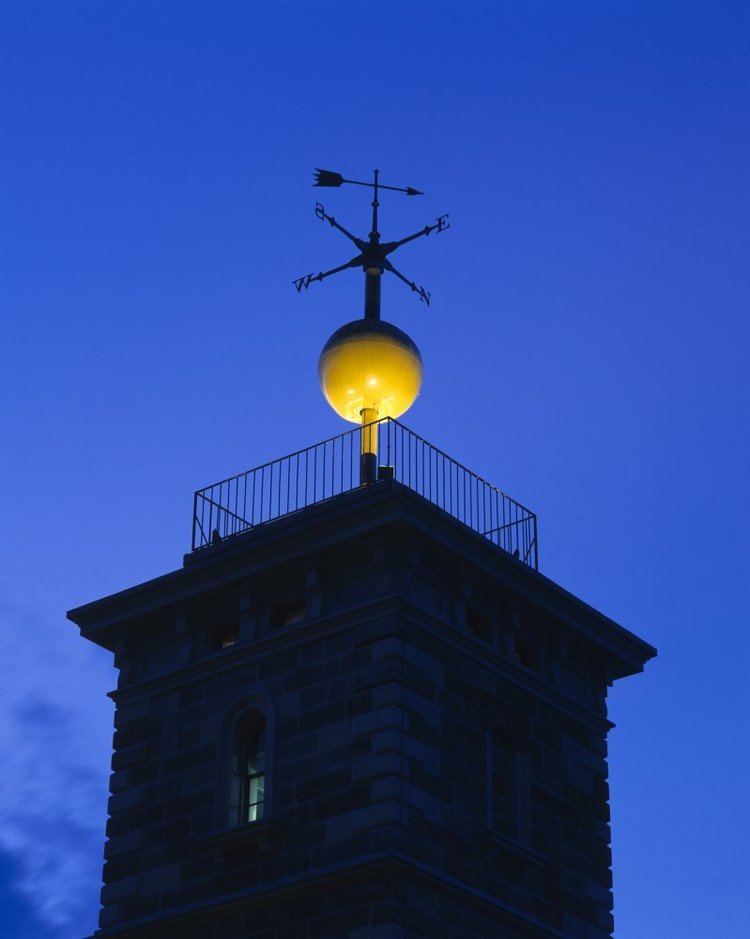
Although the use of time balls has been replaced by electronic time signals, some time balls have remained operational as historical tourist attractions.
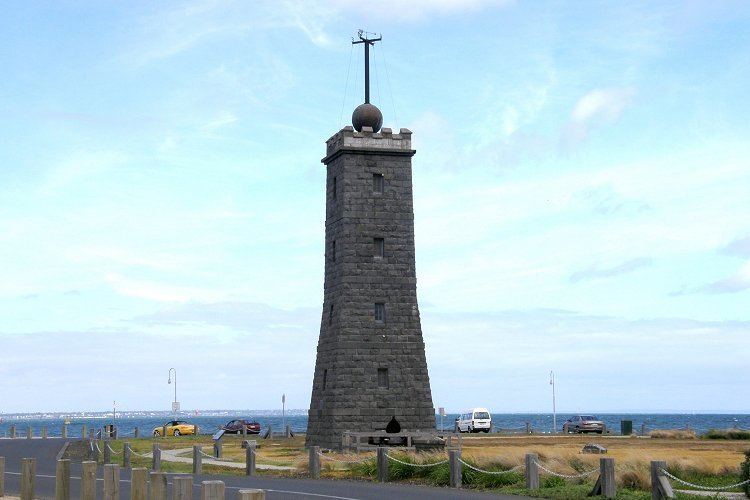
Ariana grande one last time live at the summertime ball 2016
History

The fall of a little ball was in antiquity a way to show to people the time. Ancient Greek clocks had this system in the main square of a city, as in the city of Gaza inpost Alexander era and till the 7th century AD as Procopius describes in his book on Edifices. Time ball stations set their clocks according to transit observations of the positions of the sun and stars. Originally they either had to be stationed at the observatory, or had to keep a very accurate clock at the station which was set manually to observatory time. Following the introduction of the electric telegraph around 1850, time balls could be located at a distance from their source of mean time and operated remotely.
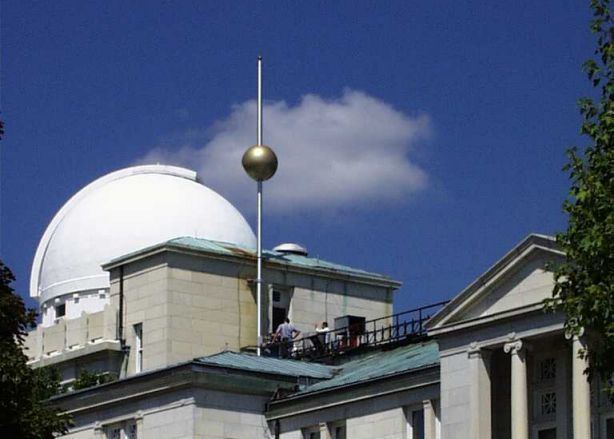
The first time ball was erected at Portsmouth, England, in 1829 by its inventor Robert Wauchope, a captain in the Royal Navy. Others followed in the major ports of the United Kingdom (including Liverpool) and around the maritime world. One was installed in 1833 at the Greenwich Observatory in London by the Astronomer Royal, John Pond, and the time ball has dropped at 1 p.m. every day since then. Wauchope submitted his scheme to American and French ambassadors when they visited England. The United States Naval Observatory was established in Washington, D.C., and the first American time ball went into service in 1845.
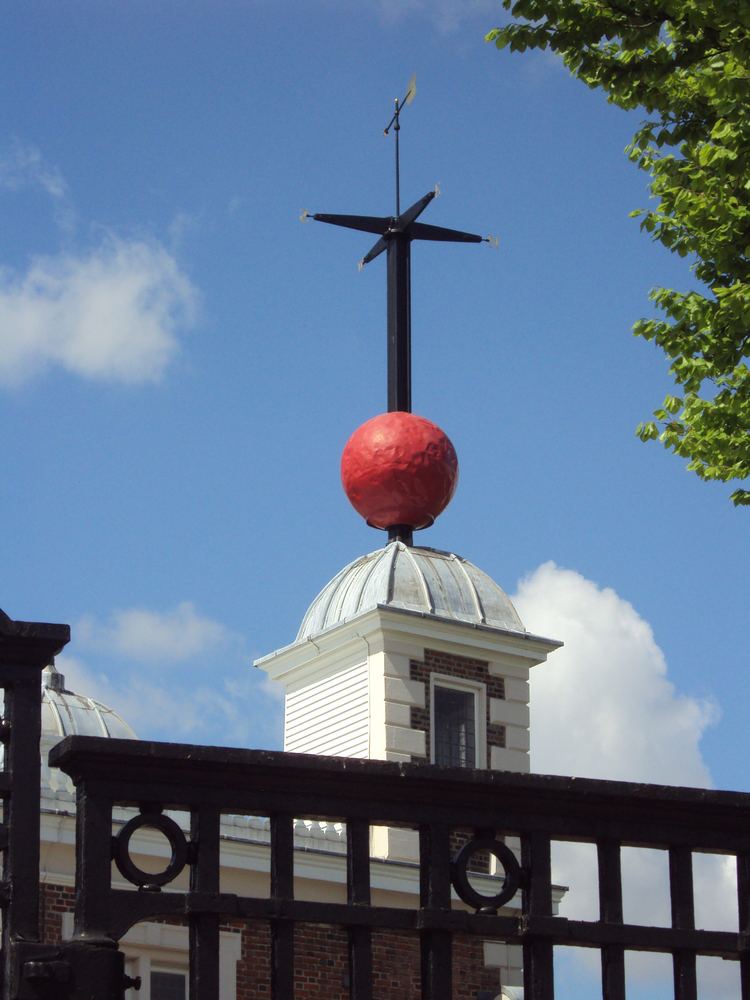
Time balls were usually dropped at 1 p.m. (although in the United States they were dropped at noon). They were raised half way about 5 minutes earlier to alert the ships, then with 2–3 minutes to go they were raised the whole way. The time was recorded when the ball began descending, not when it reached the bottom.
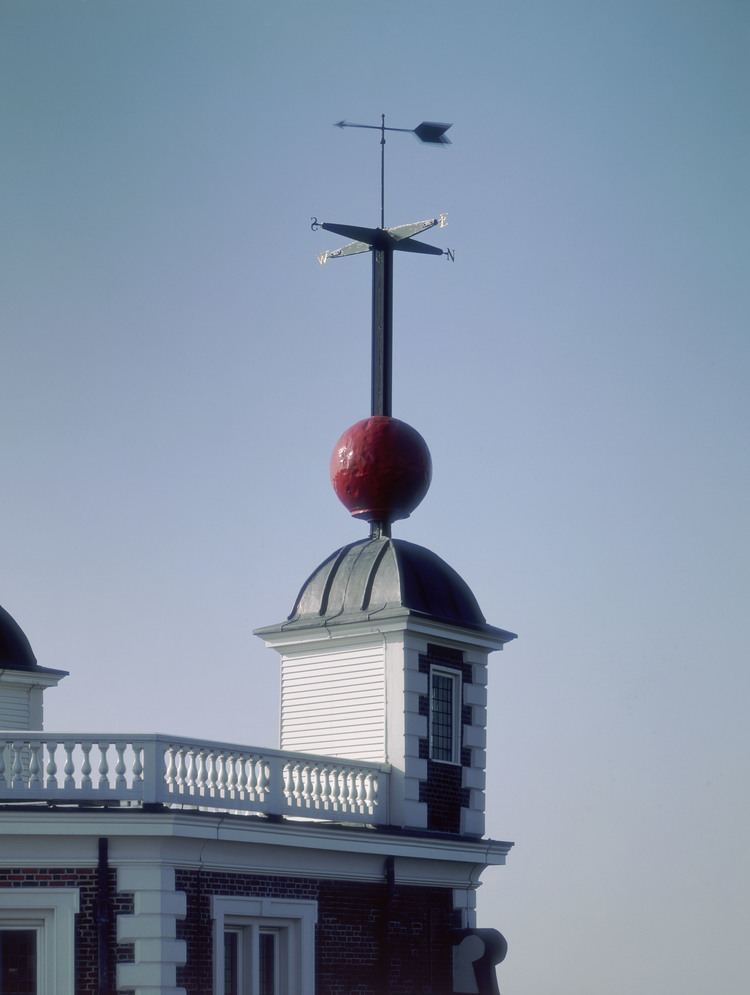
With the commencement of radio time signals (in Britain from 1924), time balls gradually became obsolete and many were demolished in the 1920s.

A variation of the concept has been used since 31 December 1907 at New York City's Times Square as part of its New Year's Eve celebrations, in which a lit ball—inspired by an organizer having seen the time ball on the Western Union Building in operation, is lowered down a pole atop One Times Square to signal midnight and the arrival of the new year. Rather than the ball being dropped rapidly with its release used as the time signal, it descends slowly over the course of 60 seconds from 11:59 p.m. until midnight. For 31 December 1987, the event's organizers acknowledged the addition of a leap second by extending the drop to 61 seconds – although in fact the leap second was five hours earlier, as they occur worldwide at midnight UTC).
Lyttelton Timeball Station
The Lyttelton Timeball Station in Lyttelton, New Zealand, was operational until it was damaged in the 2010 Canterbury earthquake. Further severe damage occurred in the February 2011 Christchurch earthquake, and a decision was made in March 2011 to dismantle the building, a danger to the public, but the tower collapsed during the major aftershock that hit the Lyttelton area on 13 June 2011. In November 2012, a large financial donation was made available to contribute towards rebuilding the tower, a project the community considered. On 25 May 2013, it was announced that the tower and ball would be restored, and that funds were to be sought from the community to rebuild the rest of the station.
Around the world
Today there are over sixty time balls standing, though many of these are no longer operational. The existing stations include those at:
